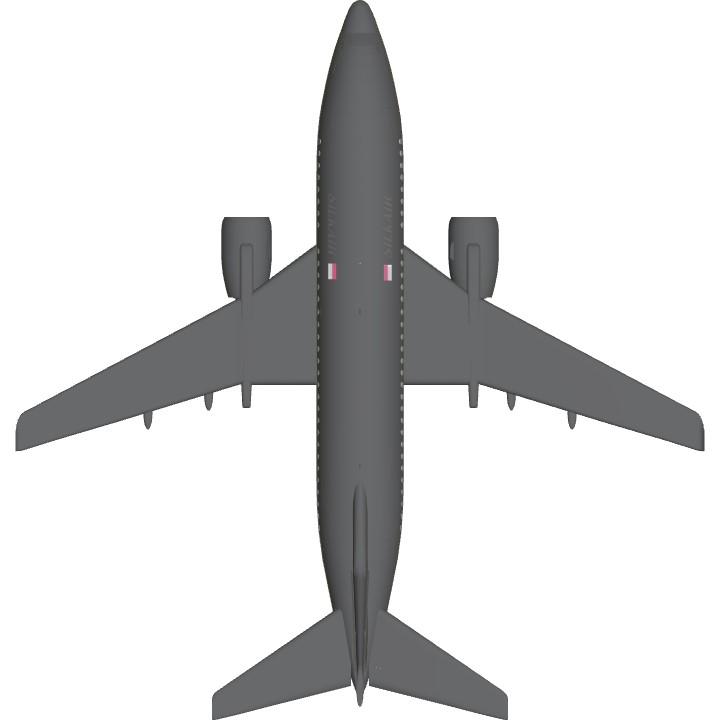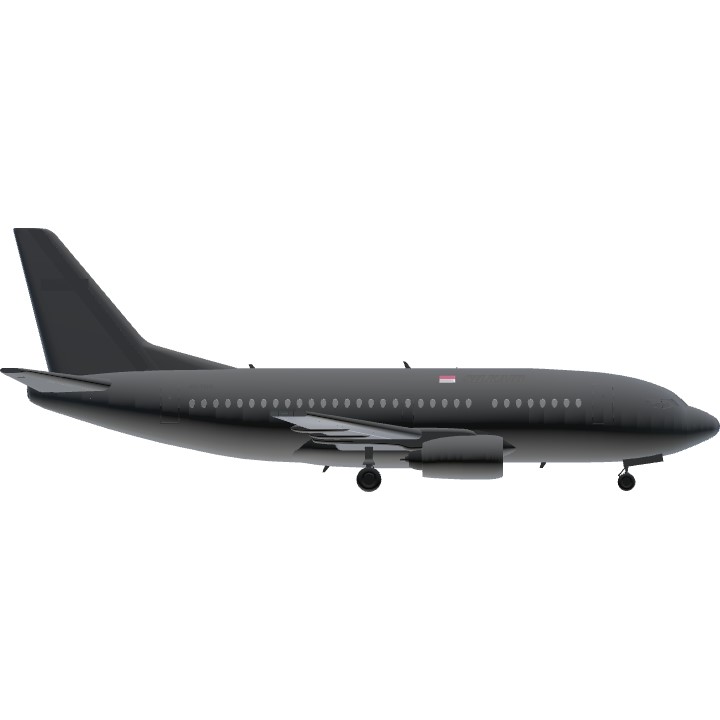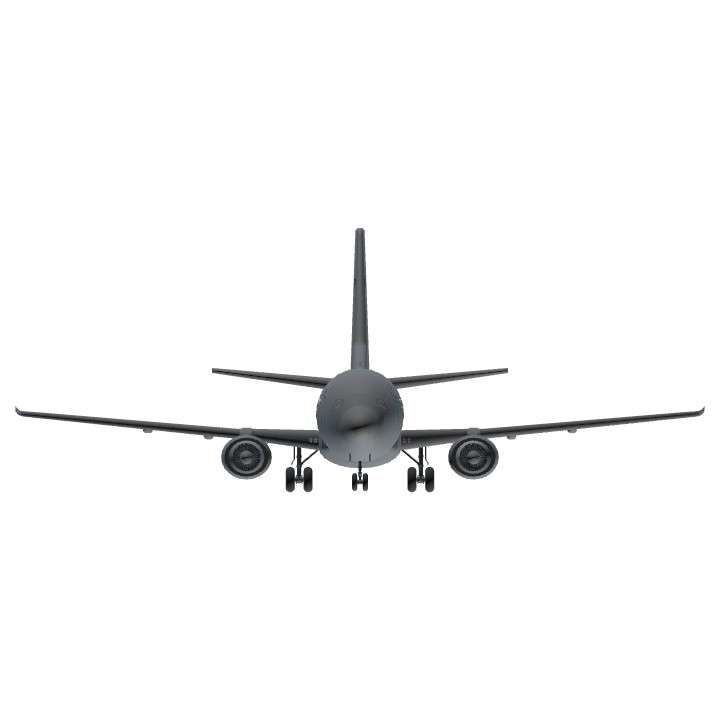About Silkair flight 185 :On December 19th, 1997, SilkAir Flight 185, a scheduled flight from Jakarta, Indonesia to Singapore, suddenly plunged at high speed after taking off and crashed into the Muxi River in Indonesia, with 104 people on board no one lives. Because there were American passengers on the plane at that time, national transportation safety board also intervened in the investigation. In the end, the National Security Council investigation report concluded that "the cause of the crash was that someone deliberately manipulated the plane to crash, and this person was most likely the captain." The investigation pointed out that the captain of the crashed plane had lost $1 million in stock in the first half of 1997, and the black box on the plane was artificially shut down before the crash, so the investigator came to this conclusion.
Accident process: At 15:37 Silkair flight 185 took off from Jakarta-Soekarno Hatta Airport runway 25R with the captain as the handling pilot. The flight received clearance to climb to FL350 and to head directly to Palembang. At 15:47 the aircraft passed FL245. Ten seconds later, the crew requested permission to proceed directly to PARDI. The air traffic controller instructed MI185 to standby, to continue flying directly to Palembang and to report when reaching FL350. At 15:53, MI 185 reported reaching FL350. Subsequently, the controller cleared MI185 to proceed directly to PARDI and to report when abeam Palembang. At 16:05, the cockpit voice recorder ceased recording. At 16:10 the controller informed MI185 that it was abeam Palembang. The controller instructed the aircraft to maintain FL350 and to contact Singapore Control when at PARDI. The crew acknowledged this call. At 16:11:27 the FDR ceased recording. MI 185 was still at FL350 until it started a rapid descent around 16:12:18. The aircraft broke up in flight and crashed into the Musi river delta.
Although not concluded by the Indonesian authorities, it has been suggested by a.o. the US NTSB that the captain may have committed suicide by switching off both flight recorders and intentionally putting the Boeing 737 in a dive, possibly when the first officer had left the flight deck. During 1997 the captain experienced multiple work-related difficulties, particularly during the last 6 months. Also at the time of the accident the captain was experiencing significant financial difficulties, which was disputed by the Indonesian investigators. Coincidentally the accident happened on exactly the same date in 1979 the captain was forced to withdraw from a scheduled Air Force A-4 Skyhawk jet training mission because of a mechanical problem with his aircraft. The other three aircraft continued with the training mission and collided with terrain after encountering bad weather in a mountainous area. All of the pilots on board the aircraft were killed.
Investigation:- The NTSC investigation into the MI 185 accident was a very extensive, exhaustive and complex investigation to find out what happened, how it happened, and why it happened. It was an extremely difficult investigation due to the degree of destruction of the aircraft resulting in highly fragmented wreckage, the difficulties presented by the accident site and the lack of information from the flight recorders during the final moments of the accident sequence.
- The NTSC accident investigation team members and participating organizations have done the investigation in a thorough manner and to the best of their conscience, knowledge and professional expertise, taking into consideration all available data and information recovered and gathered during the investigation.
- Given the limited data and information from the wreckage and flight recorders, the NTSC is unable to find the reasons for the departure of the aircraft from its cruising level of FL350 and the reasons for the stoppage of the flight recorders.
- The NTSC has to conclude that the technical investigation has yielded no evidence to explain the cause of the accident.
The US NTSB responded to the Indonesian investigation report in a letter dated December 11, 2000. The NTSB states that "when all of the investigative evidence is considered, it leads to the conclusions that: 1) no airplane-related mechanical malfunctions or failures caused or contributed to the accident, and 2) the accident can be explained by intentional pilot action. Specifically, a) the accident airplane?s flight profile is consistent with sustained manual nose-down flight control inputs; b) the evidence suggests that the cockpit voice recorder (CVR) was intentionally disconnected; c) recovery of the airplane was possible but not attempted; and d) it is more likely that the nose-down flight control inputs were made by the captain than by the first officer."

Specifications
Spotlights
- Pan 2.4 years ago
- Brololxd 2.4 years ago
- JP11 2.4 years ago
- Anguirus380 2.4 years ago
- CaptainNoble 2.4 years ago
- RepublicOfCursedPlanes 2.4 years ago
General Characteristics
- Predecessor Boeing 737-300 Generic
- Successors 1 airplane(s)
- Created On iOS
- Wingspan 94.7ft (28.9m)
- Length 99.0ft (30.2m)
- Height 36.3ft (11.1m)
- Empty Weight 77,803lbs (35,291kg)
- Loaded Weight 118,571lbs (53,783kg)
Performance
- Power/Weight Ratio 0.983
- Wing Loading 72.1lbs/ft2 (351.9kg/m2)
- Wing Area 1,645.2ft2 (152.8m2)
- Drag Points 5999
Parts
- Number of Parts 712
- Control Surfaces 0
- Performance Cost 2,539





穆西河:6
朱卫民在世
No eyebrow windows 🤨
@AlivePan :salute: AHHHHHHHHHHHHHHHHHHHHHHH
(like in the meme duh)
Mourning and mourning @AlivePan
OMG This photo made me laugh I'm the worst person on this planet
My friend's grandfather died on this flight.
这时候,你需要一个博南(doge)